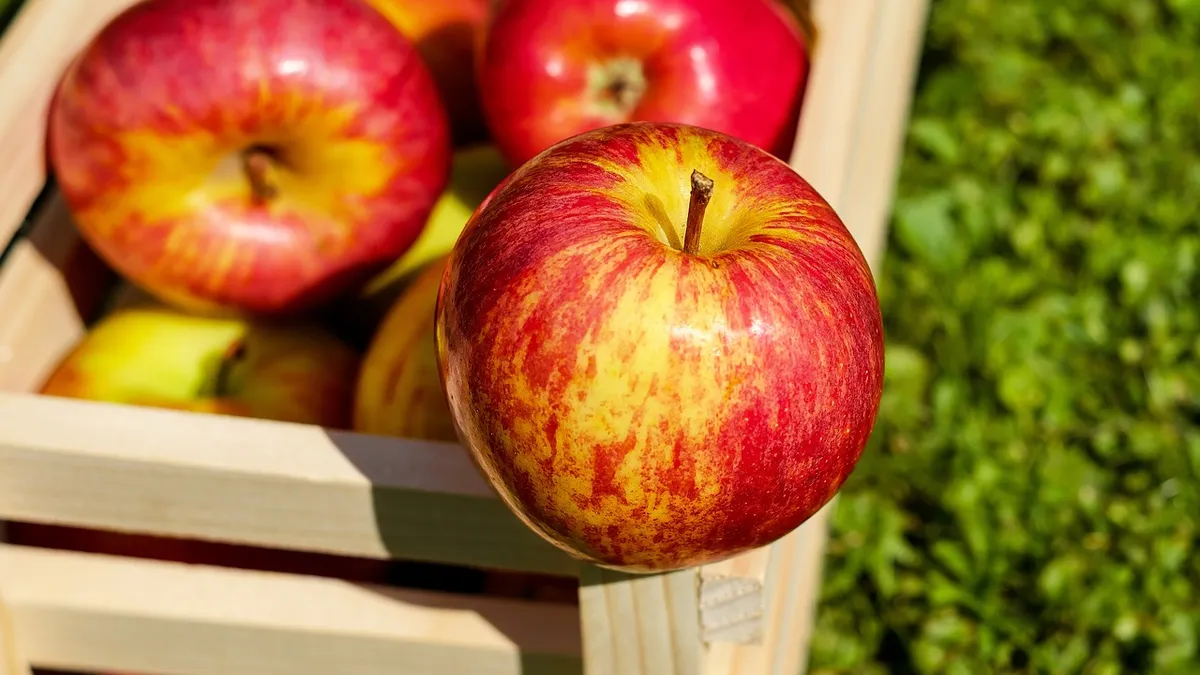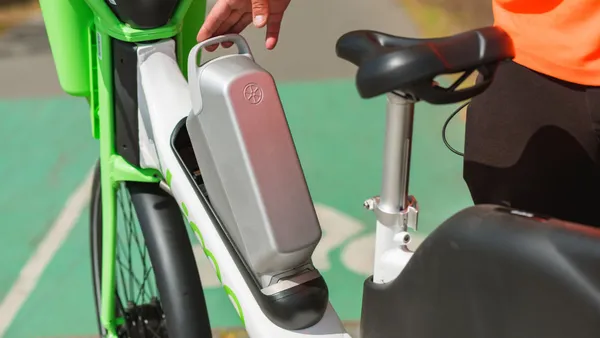Tackling food waste may seem daunting for the average consumer. Date labels can be confusing, shopping habits can seem hard to change and it may seem like one person's action can't make a difference when the problem is talked about on a national or global scale.
Save On Energy, an online marketplace, is trying to change that by putting food waste into more personal terms with a new project on energy usage dubbed "Food Power." Based on data from the Food and Agriculture Organization of the United Nations, which estimates that approximately 1.3 billion metric tons of food produced for human consumption is wasted every year, the project uses North America's average per capita rate of 105 kilograms (approx. 231 pounds) as its baseline.
Using the conversion formula for Impact Bioenergy's HORSE AD25 microdigester (10 pounds of food waste can generate between one to two kilowatt hours of electricity) the team extrapolated this data into household energy usage terms on a larger scale. Impact Bioenergy confirmed for Waste Dive that this formula could be applicable for demonstration purposes, with larger digesters operating closer to the two kilowatt hour level.
The logistics of collecting all of this food waste, let alone siting and permitting large-scale digesters to process it, is of course much more complicated. The Save On Energy team recognized this and said their main goal was to frame the issue in a more consumer-oriented way. As noted in the ReFED report, homes account for 43% of the food wasted by weight in the U.S. at a financial cost of $144 billion.
As the country's organics processing network continues to expand, there has been more of a focus on commercial and industrial sources that can offer a steady, homogeneous flow of material to make operations financially viable before turning to more mixed residential material. Massachusetts, the first state to enact a commercial organic waste ban, recently reported big economic benefits from its program so far. Food recovery is seen as a smaller but growing part of this work throughout the country in an effort to divert nutritious material from digesters, composting facilities or landfills.
Within all of this work, many cities are already running successful residential collection programs or are in the process of launching new ones. Even when residents do participate, processing costs can be high and education about proper separation is a key step after initially raising awareness. Some industry professionals say more needs to be done to help residents understand how composting or digestion is different than recycling. Municipalities and haulers have tried a range of approaches, such as offering classes or tours, but on a national scale this is still a relatively new concept for many people.
While the future of a national goal to cut food waste in half by 2030 may be uncertain in the Trump administration, it has already helped spur a much larger conversation on the topic since being announced in 2015. In the Environmental Protection Agency's recent exit memo, this goal was noted as a key step in mitigating the effects of climate change in future years. The European Union's commissioner for health and food safety has called the problem "unethical and immoral" and vowed to do more on the issue.
Achieving these goals, while feeding hungry people and creating energy in the process will be complex but not impossible if more organizations can find ways to educate the public on how their individual actions are part of the larger system.














